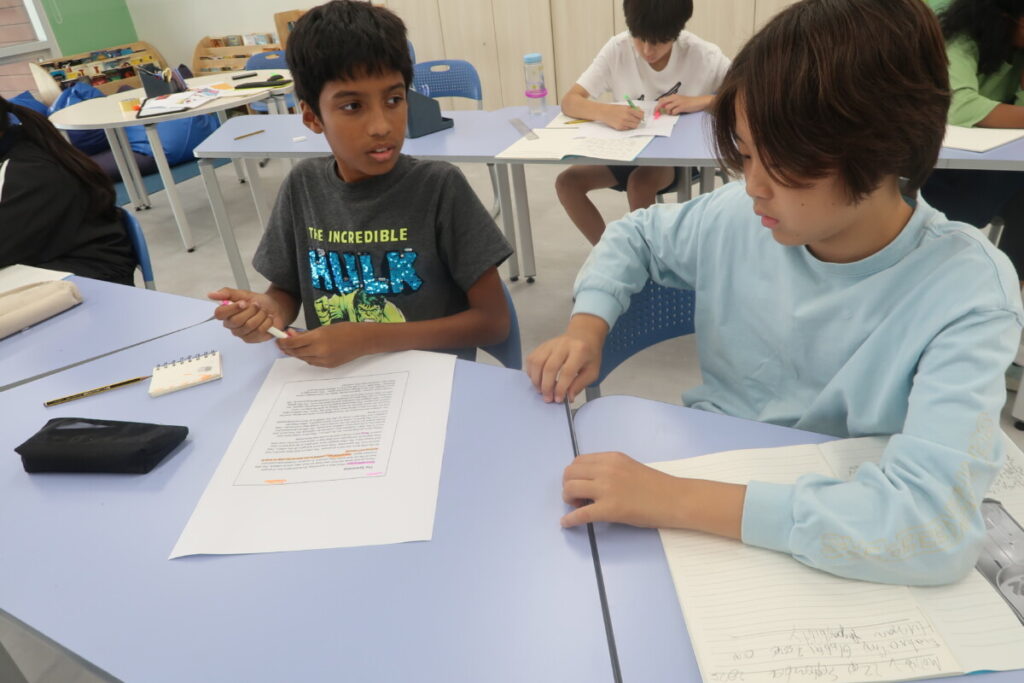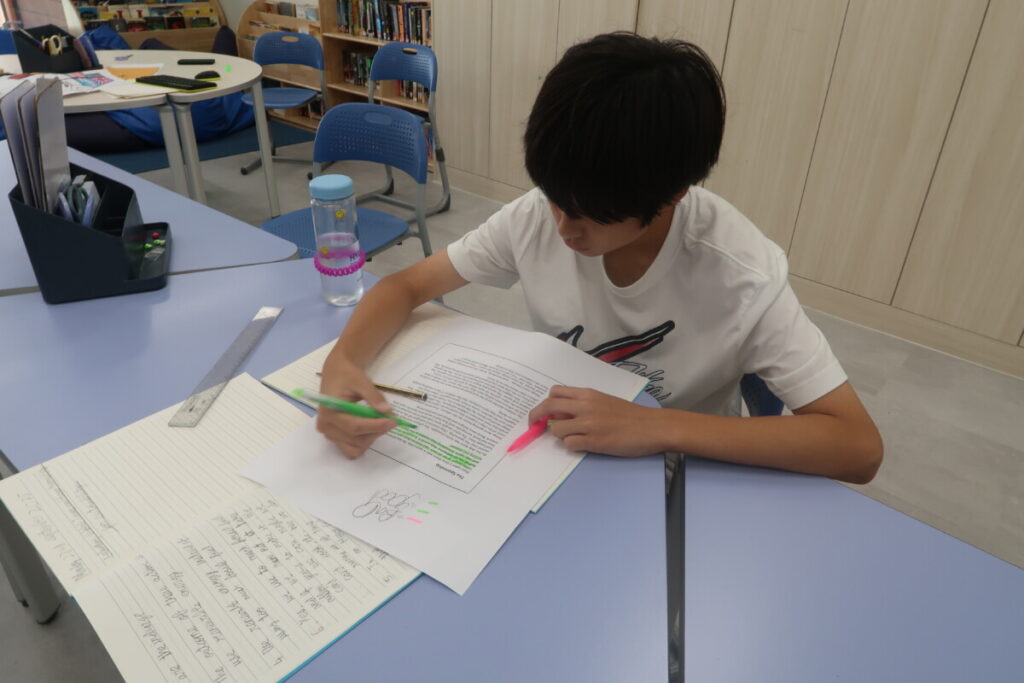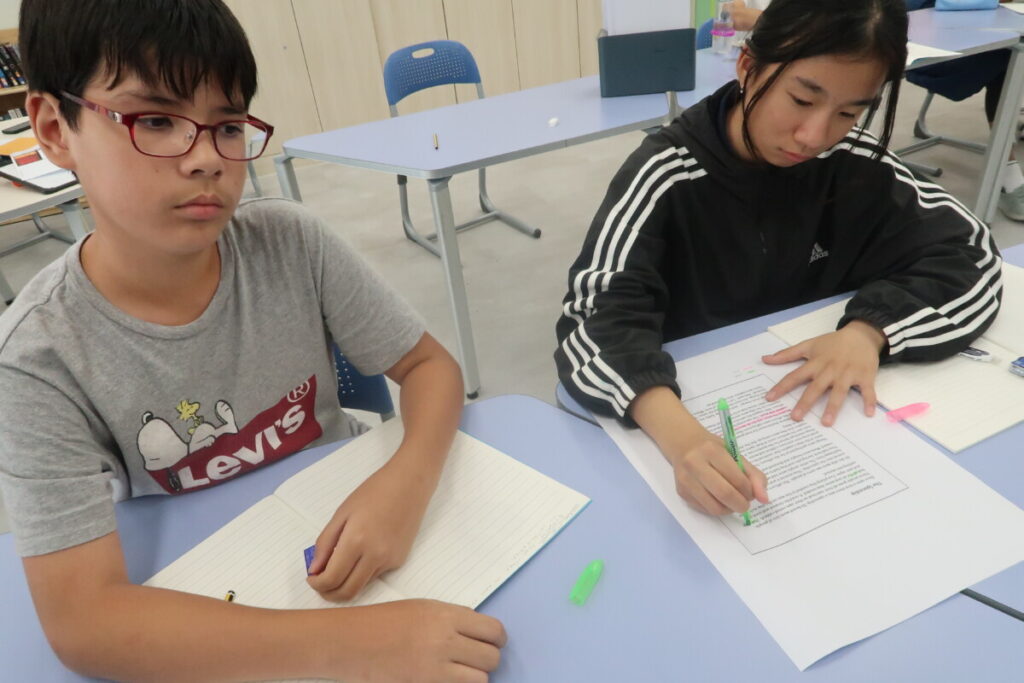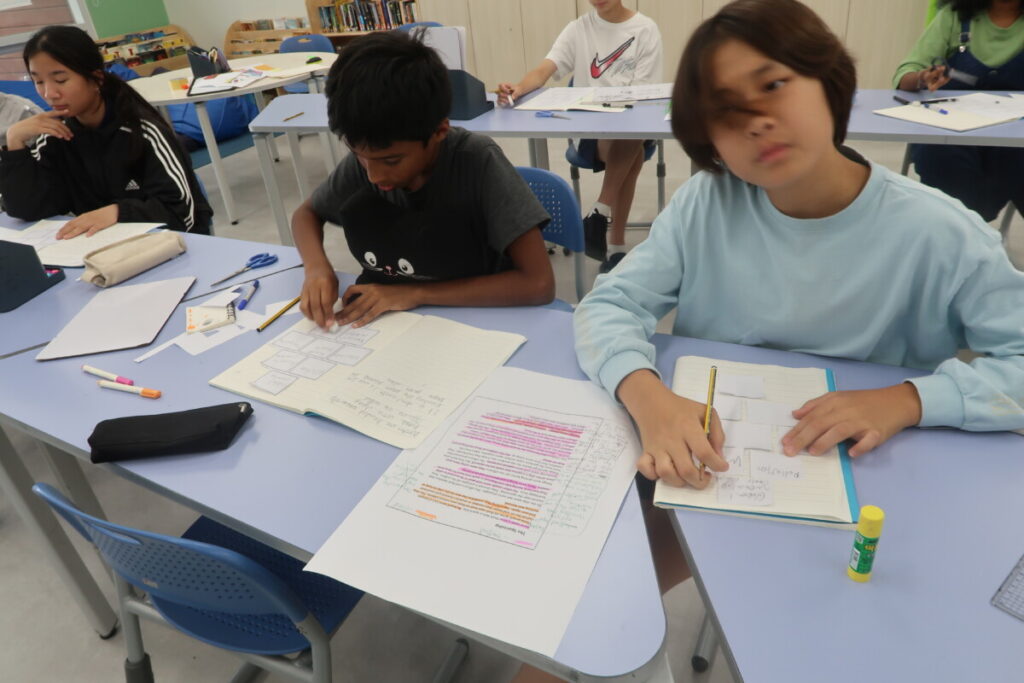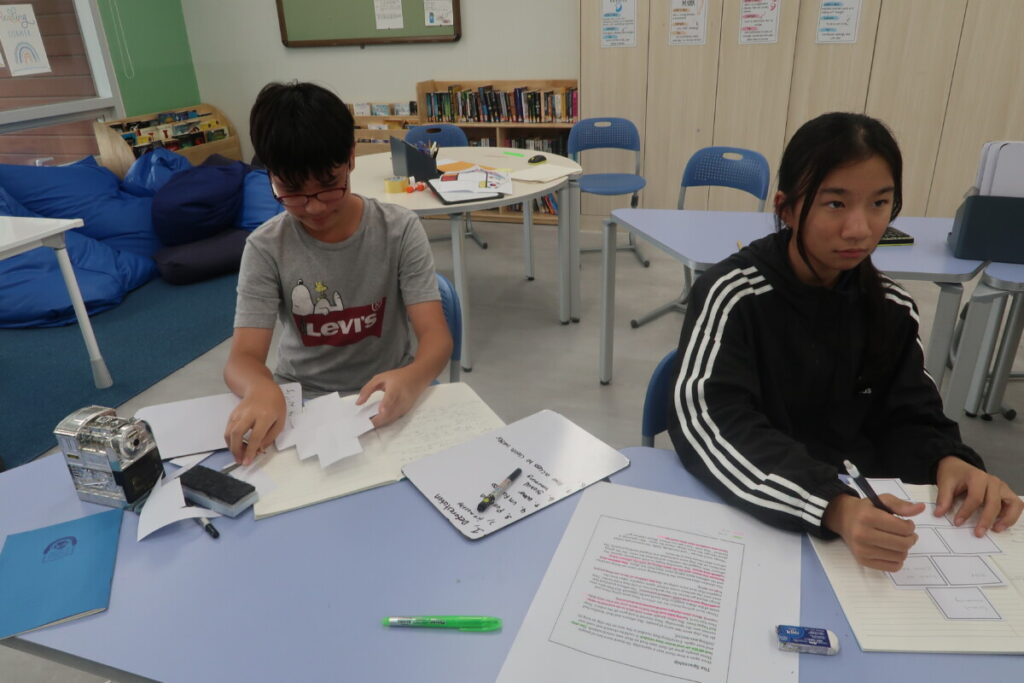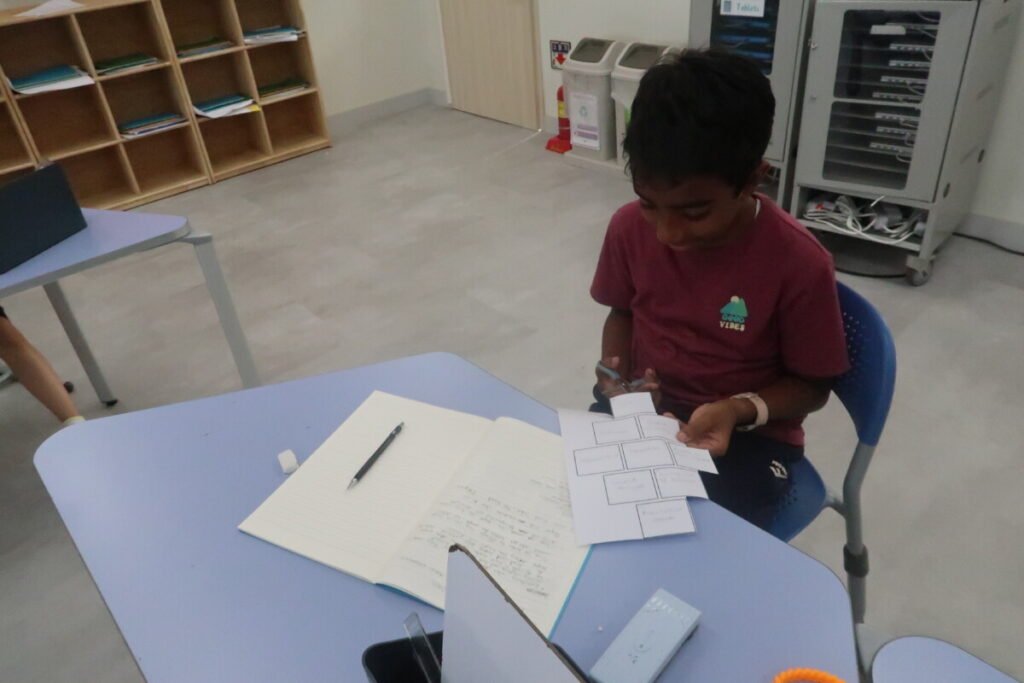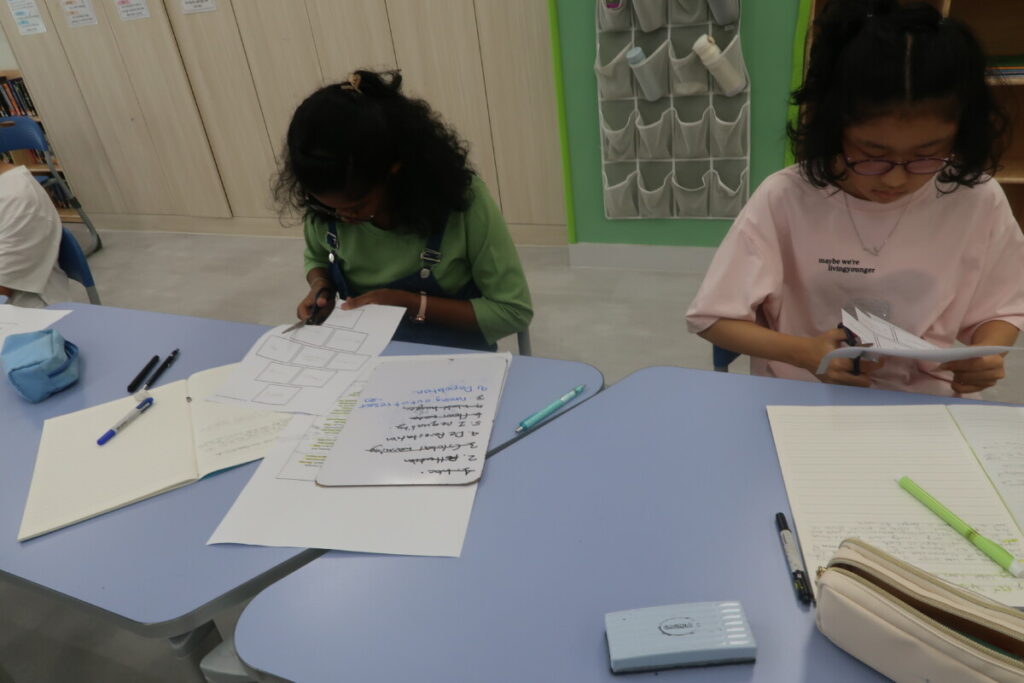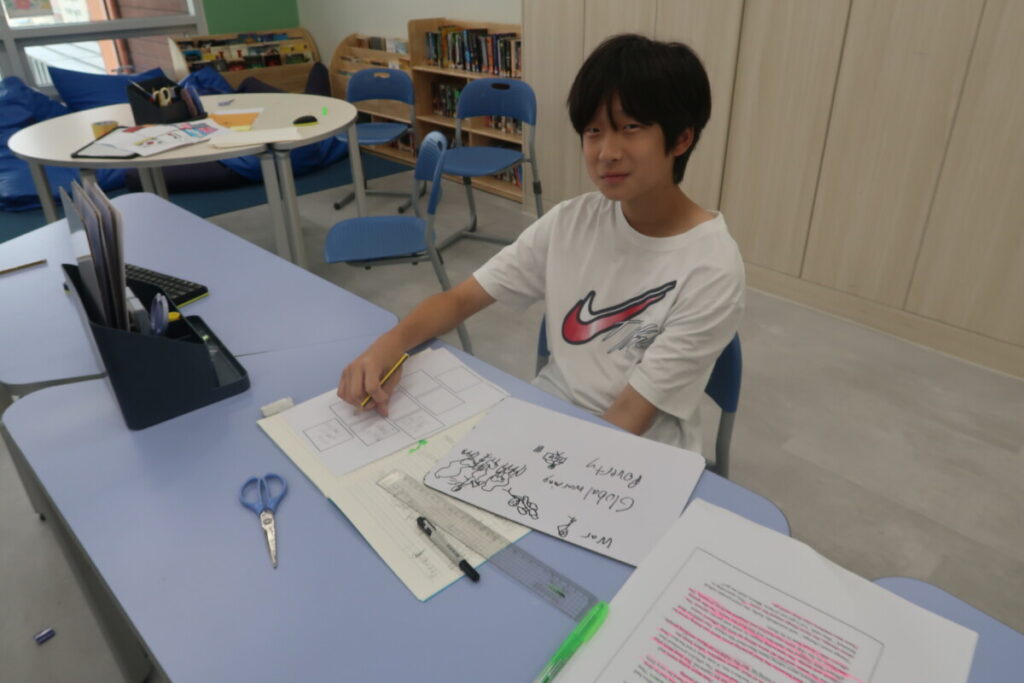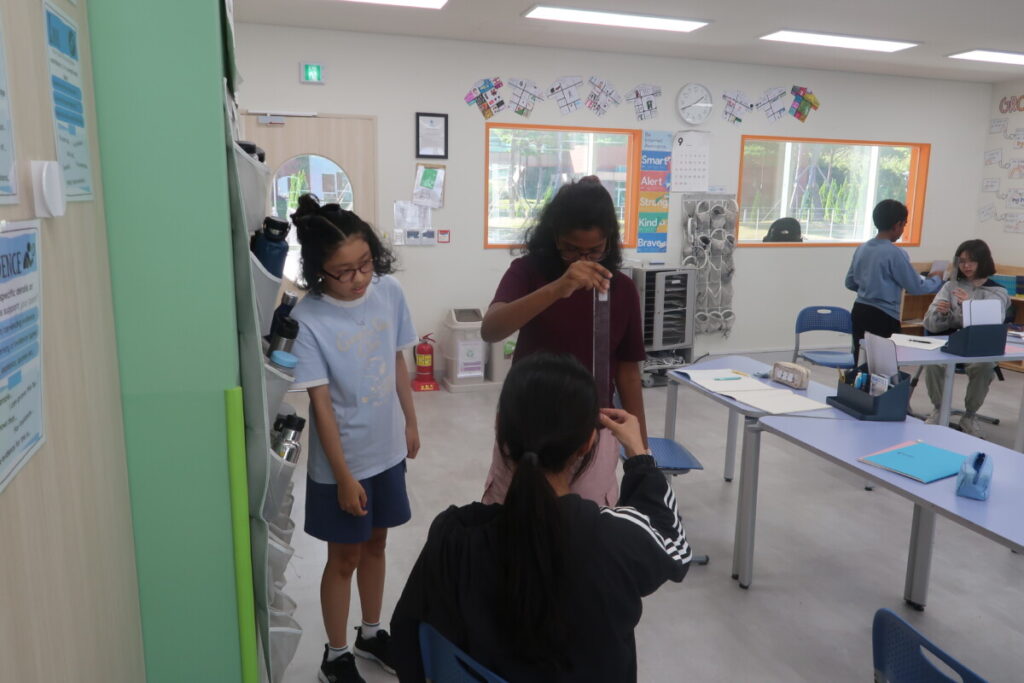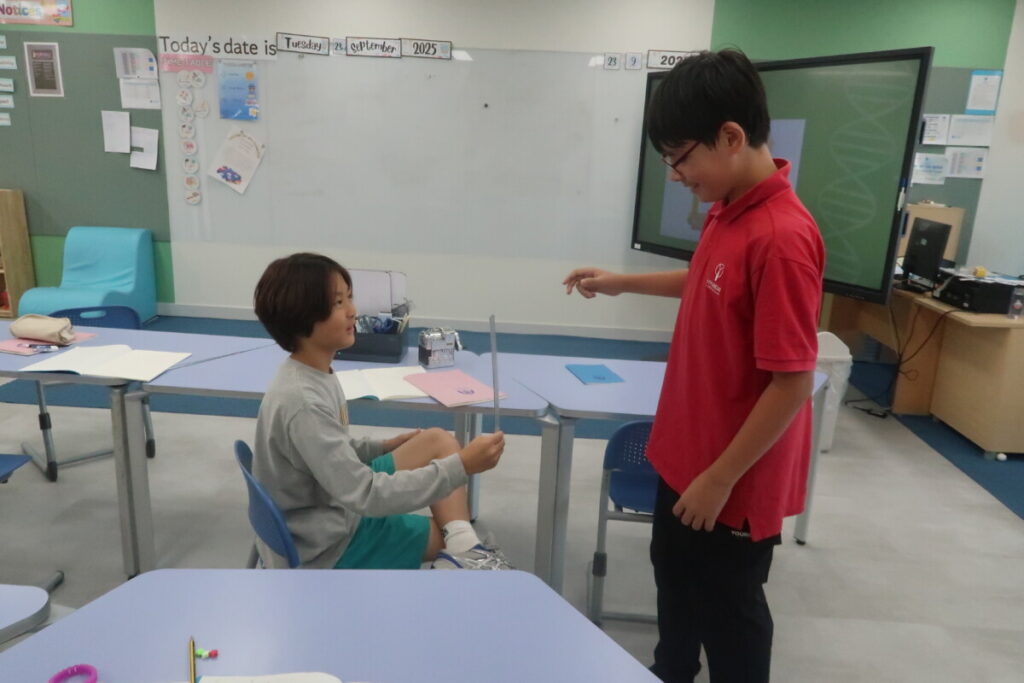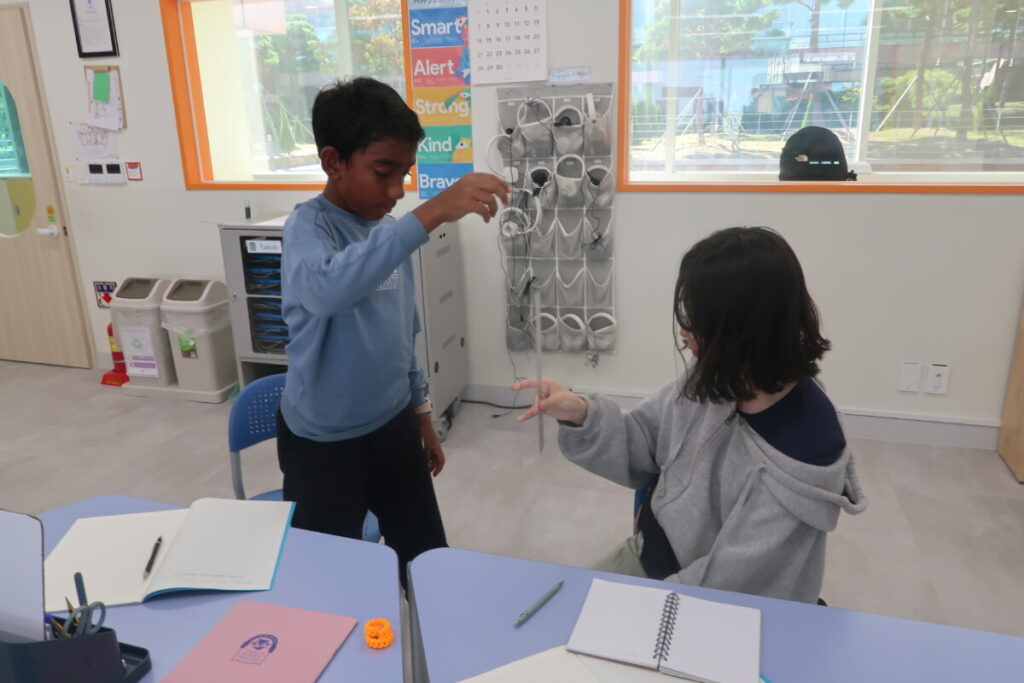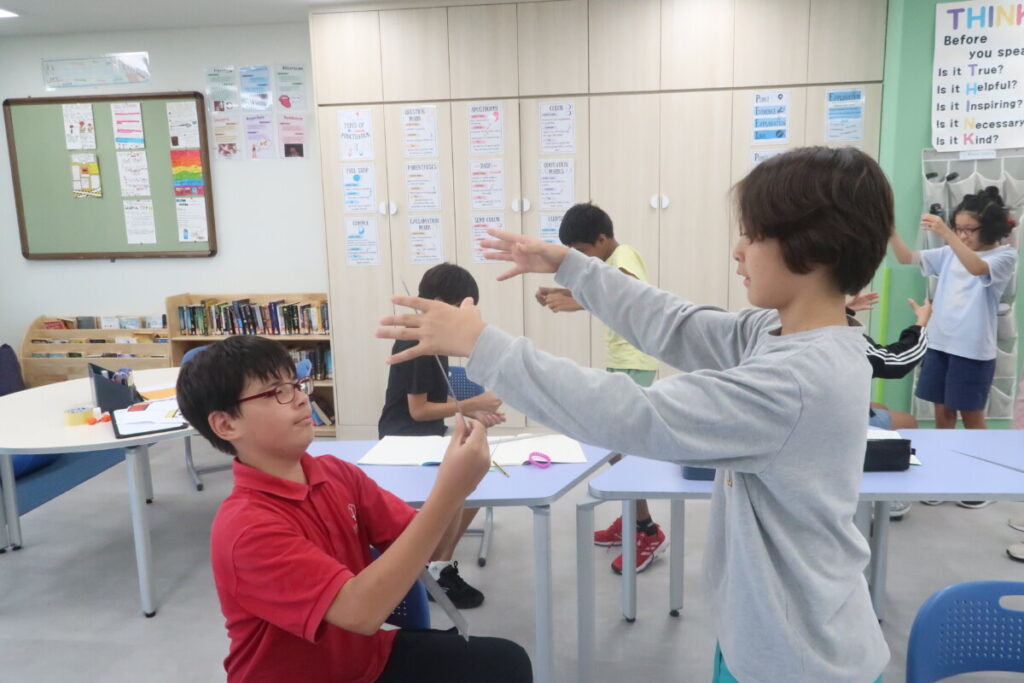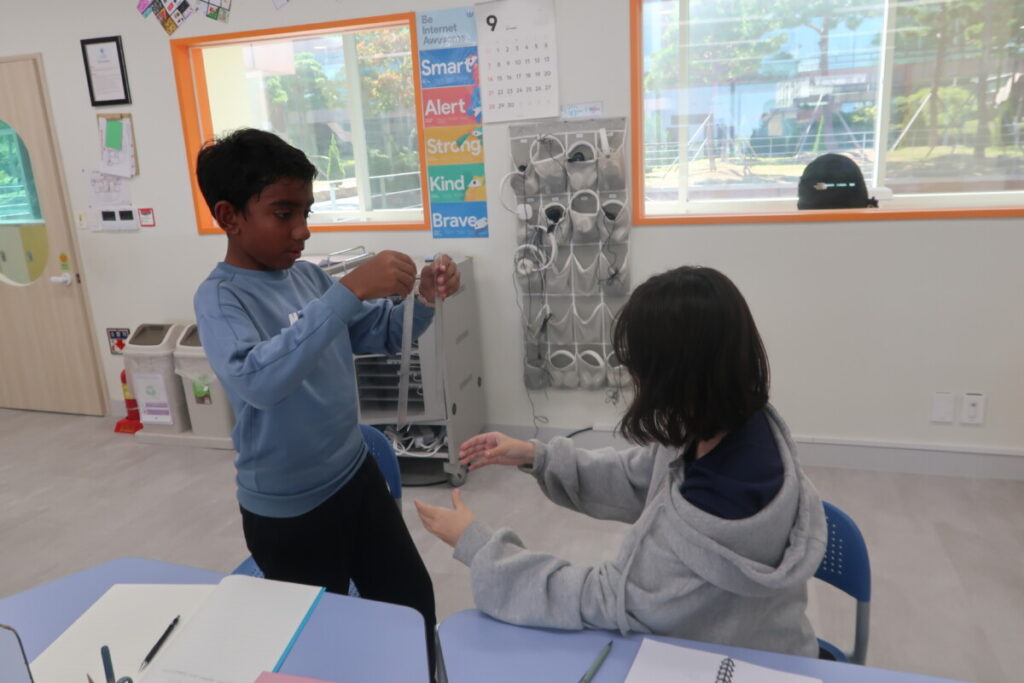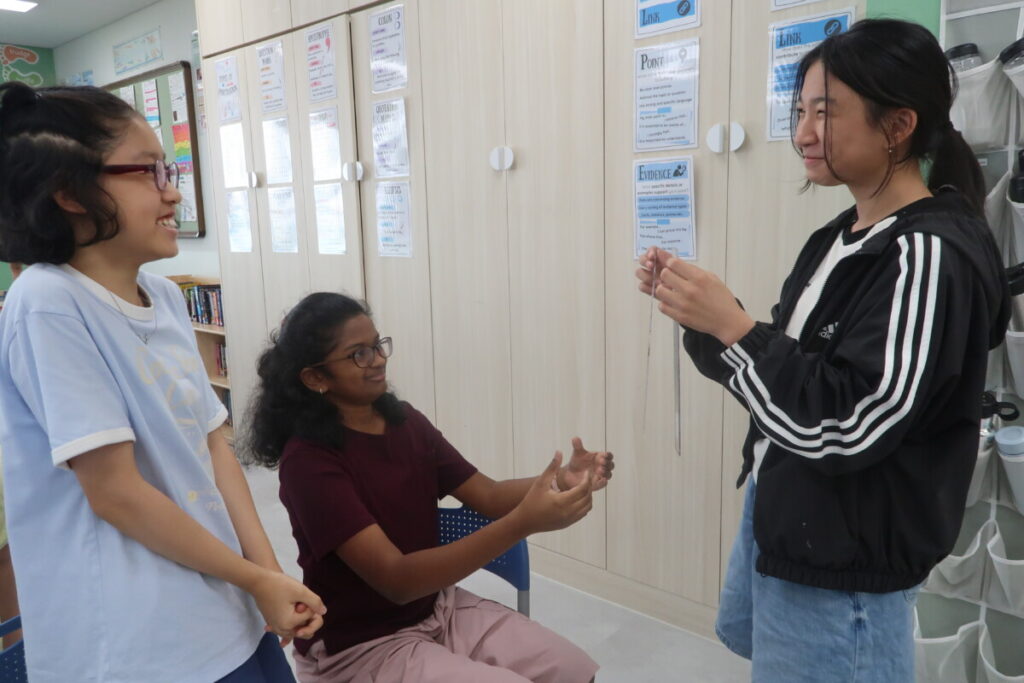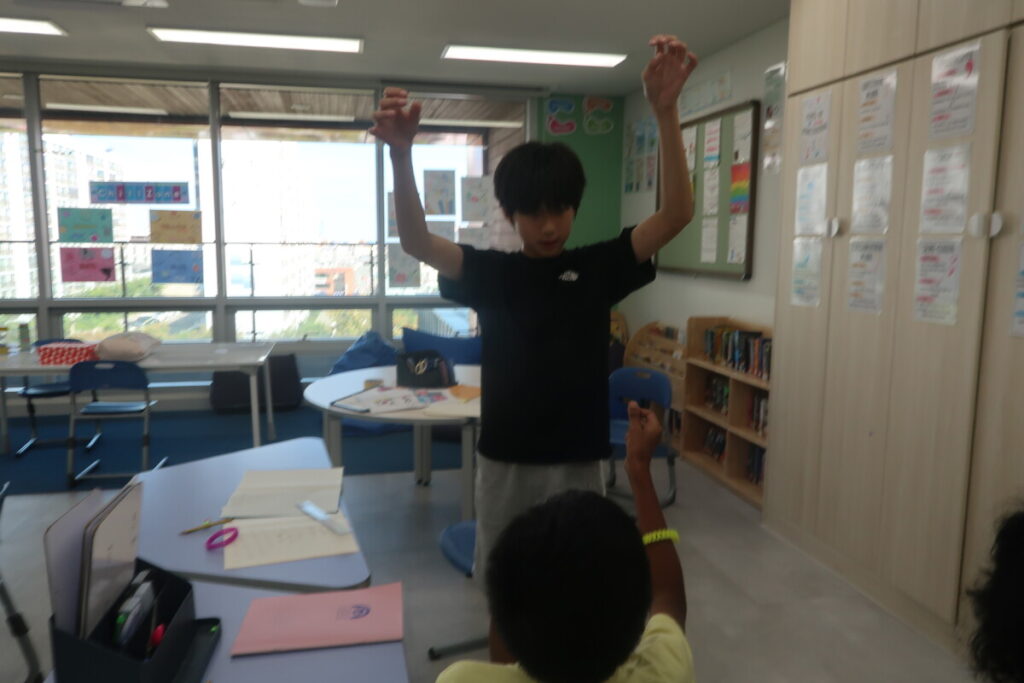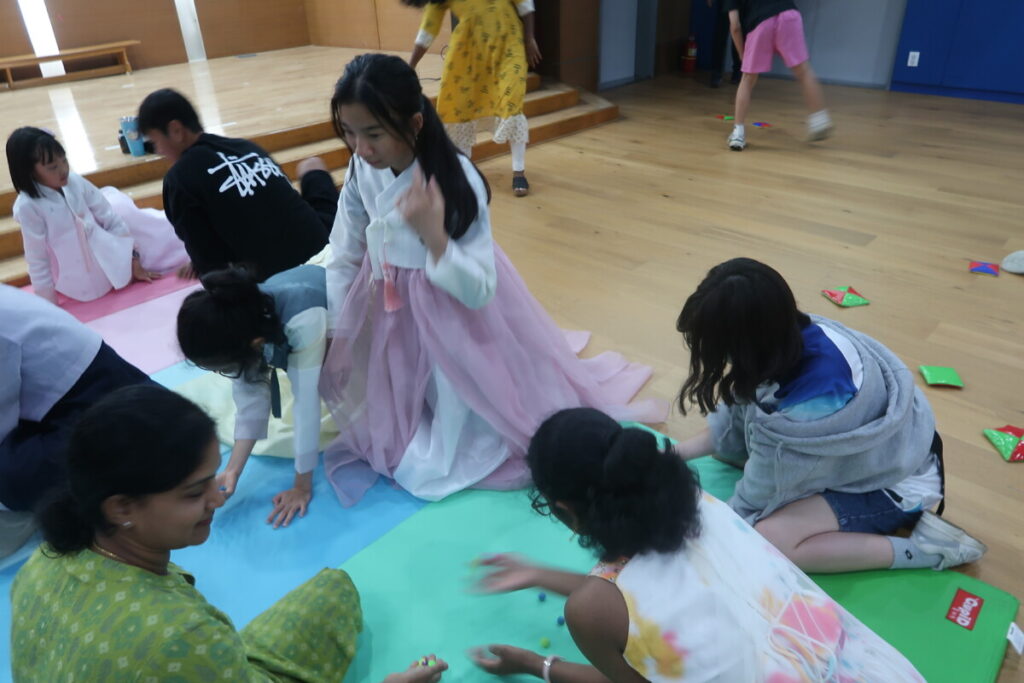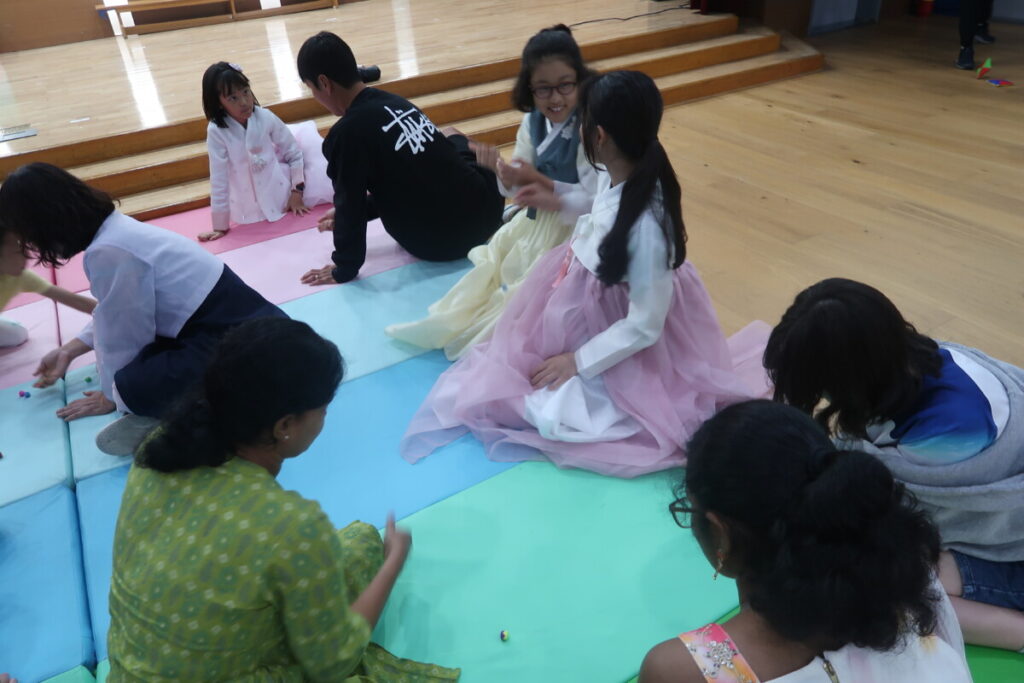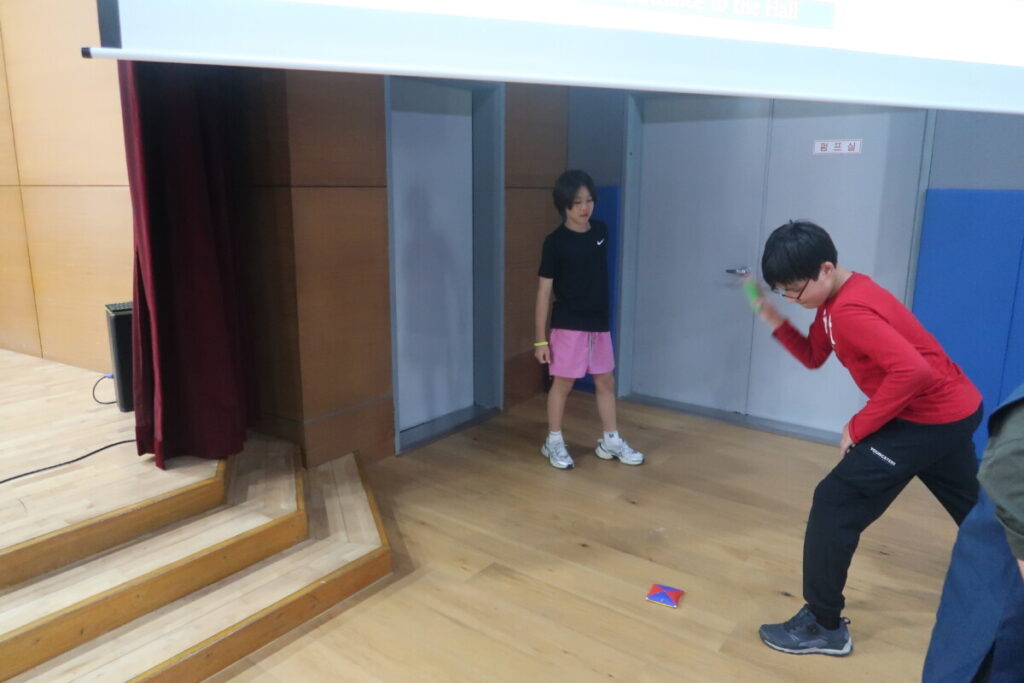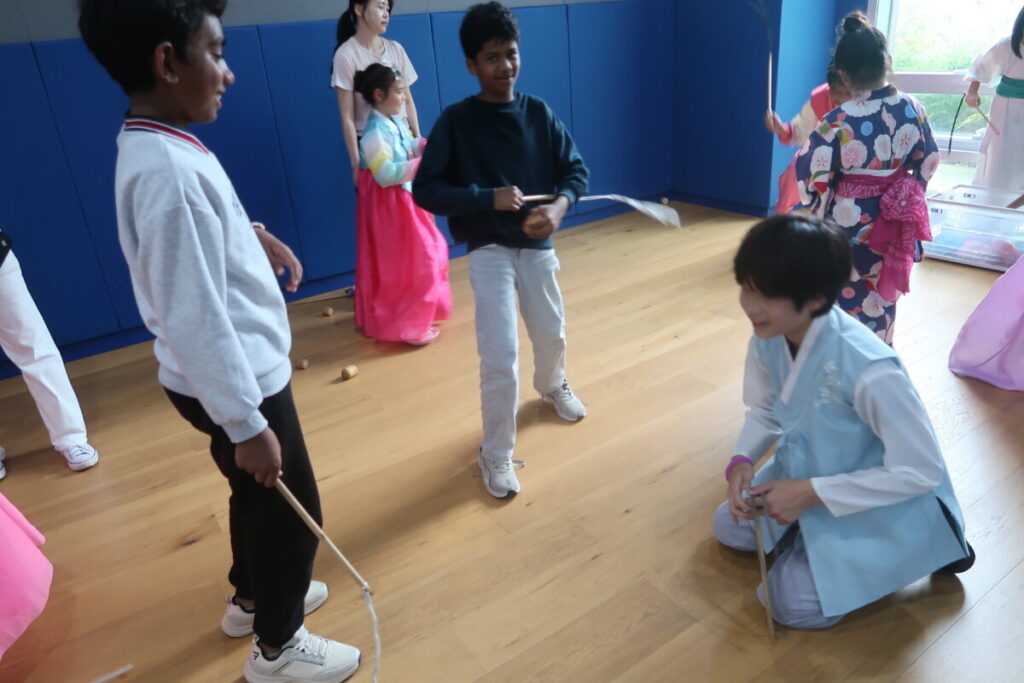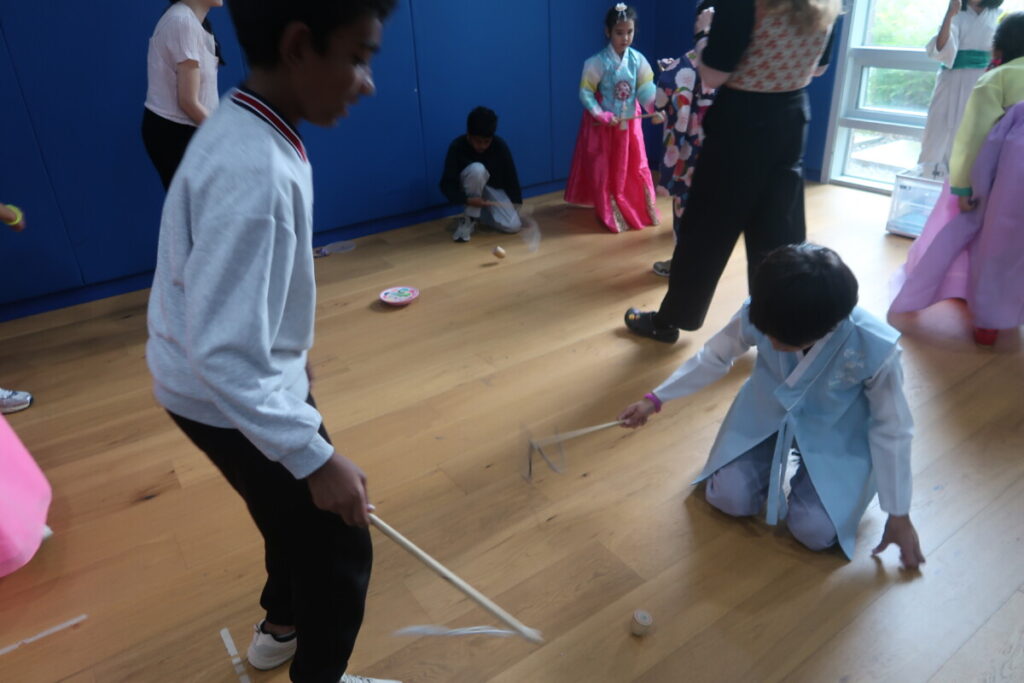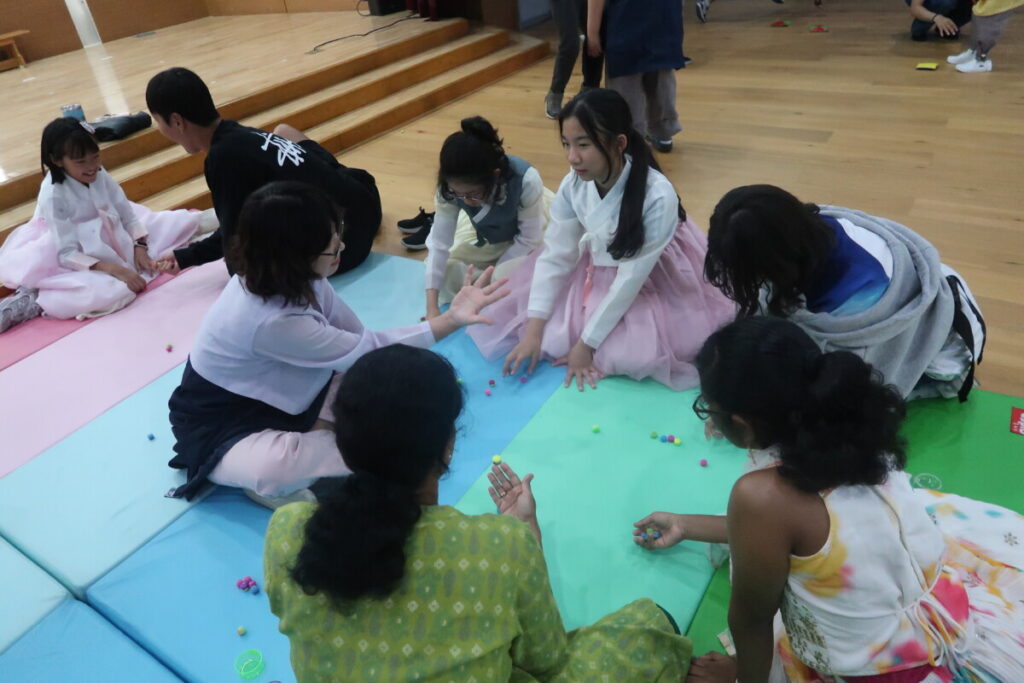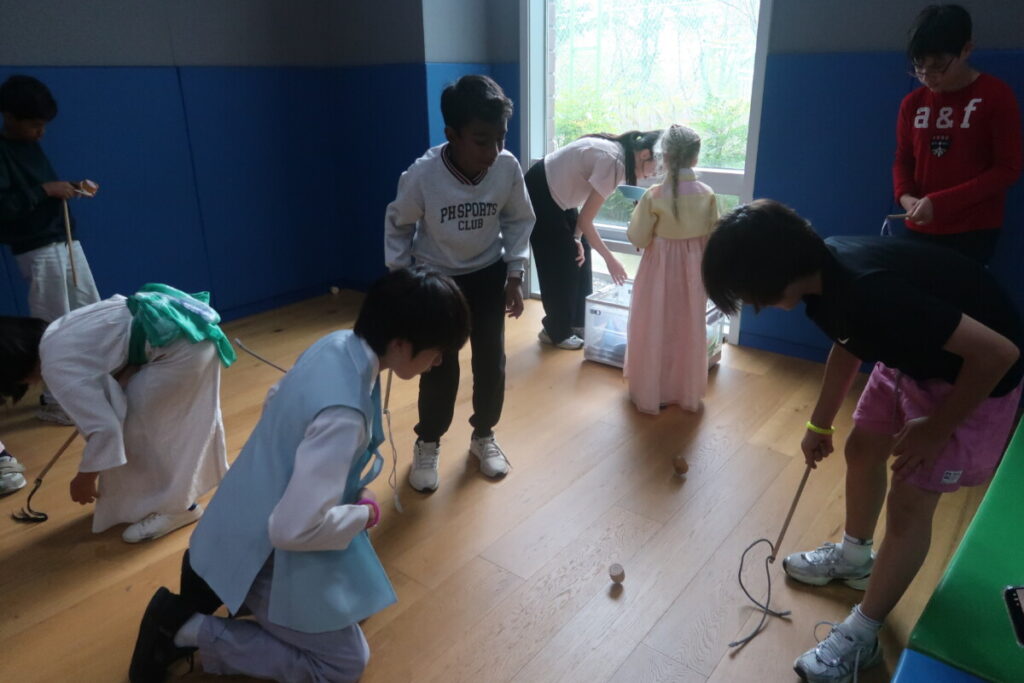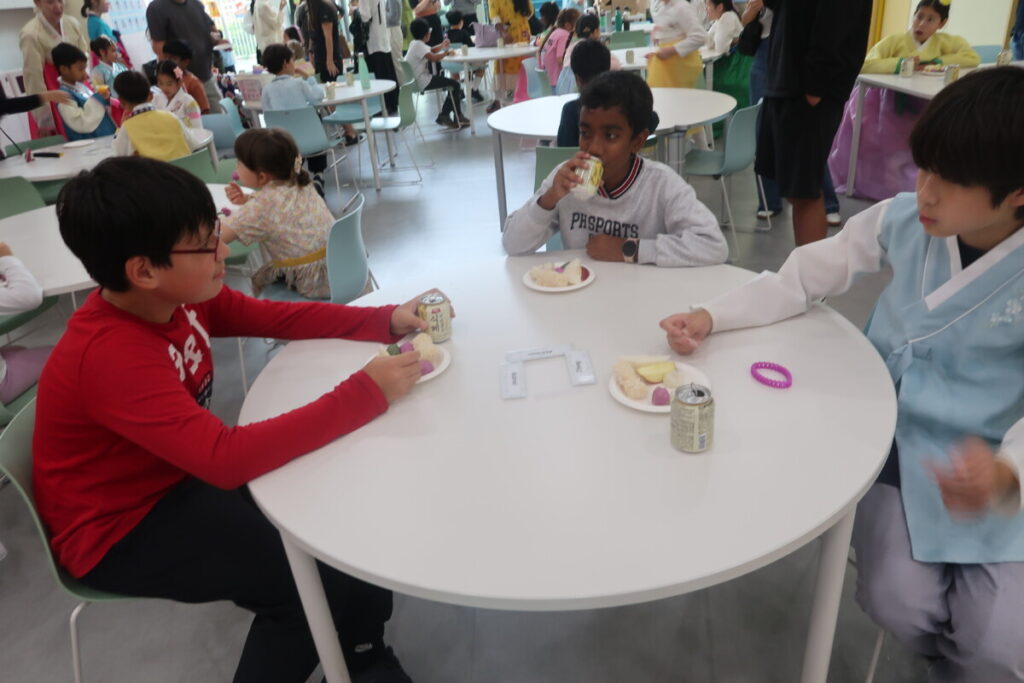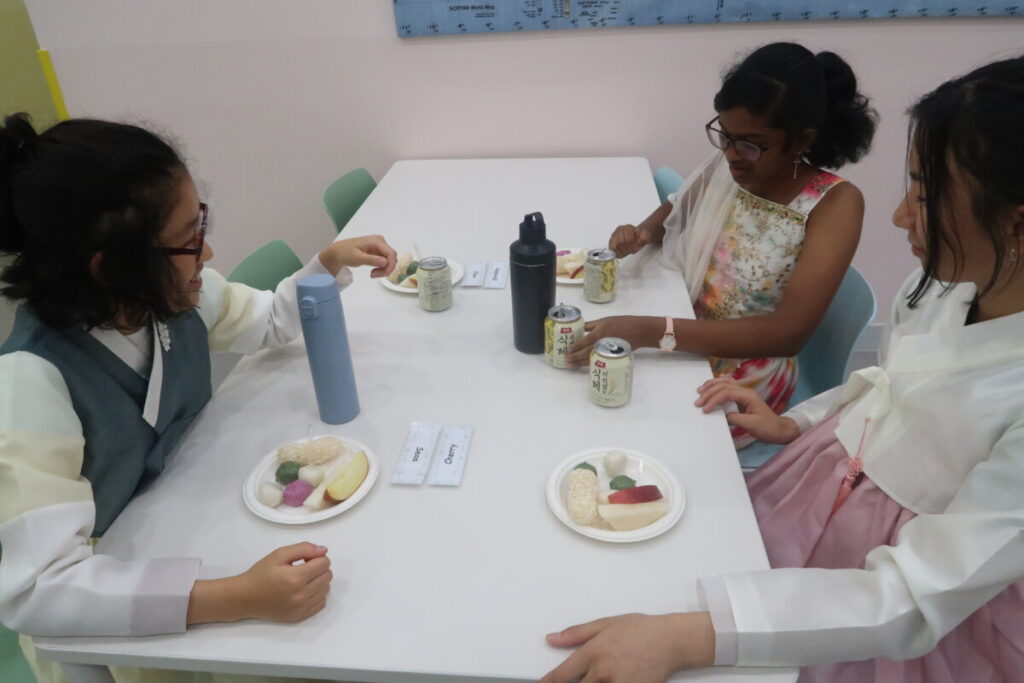Hello everyone!
This week has been a busy and exciting one! Alongside our regular learning in class, we also came together as a school community to celebrate Chuseok on Wednesday. Each class performed a special drum performance, and we were fortunate to welcome guest performers who shared their talents with us. Students also enjoyed taking part in traditional Korean games and ate traditional snacks. It was a wonderful opportunity to experience and appreciate Korean culture together as a school.
Literacy
Over the past week, the class have deepened their study of Holes by Louis Sachar. Students completed a mid-point assessment, comparing Mr. Sir and Mr. Pendanski as figures of adult authority, using evidence to develop structured essays. After this, they tracked the changing relationship between Stanley and Zero by creating a friendship graph, mapping key events across the story so far. Building on the theme of survival, they then produced creative writing, reimagining scenes in the desert with alternative twists or vivid descriptions. Most recently, we have focused on analysing how Stanley and Zero’s teamwork allows them to survive. Together, these lessons have helped students explore the novel’s major themes of authority, friendship, and survival in both analytical and creative ways.
IMYC
In our most recent science lesson, students explored how the nervous system controls the body. As an engagement activity, the students tested their reflexes with a ruler drop. Students then learned about different types of reactions and how messages travel through the nervous system. To consolidate their understanding, each student created a comic strip that combined key notes, diagrams, and explanations, showing how the nervous system works in an engaging and creative way.
In history this week, students explored the outbreak of the Korean War by looking at two very different perspectives. They read simplified extracts from 1950: one from North Korea describing the invasion as a “liberation,” and one from the United States calling it an “act of aggression.” Students compared these sources to see how each side used language to assign blame and responsibility. Working in groups, they then created their own newspaper headlines and short reports from each perspective. This helped them understand how history can be presented in contrasting ways, and how responsibility for conflict can look very different depending on whose story is being told.
In Geography, students explored The Spaceship story, a metaphor for Earth and its limited resources. They identified good and bad choices made by the characters, discussed the consequences, and summarised the main issues raised. Students then moved on to a Diamond 9 activity, where they debated and ranked the most pressing global challenges such as climate change, fair distribution of resources, sustainability, and inequality. Later in the week, students have been divided into groups to represent different world regions (such as Africa, Asia-Pacific, and Europe). Each student is focusing on a particular theme: climate change, waste, disasters, ecosystems, or resource use, using United Nations Environment Programme resources. The aim is for students to explore the major environmental issues facing their region, understand their impacts on people and the environment, and consider how governments, organisations, and communities are responding. Later, they will present these, and we will discuss the most pressing issues.
Maths Year 7
This week we finished our unit on understanding and use algebraic notation and started a new unit on equality and equivalence. The students did well on their end-of-unit assessment, but not as well as on the first unit. All homework was handed in on time.
- Aut.2.12 – Represent one- and two-step functions graphically
- Aut.3.1 – Understand the meaning of equality
- Aut.3.2 – Understand and use fact families, numerically and algebraically
- Aut.3.3 – Solve one-step linear equations involving +/- using inverse operations
- Aut.3.4 – Solve one-step linear equations involving x/÷ using inverse operations
- Aut.3.5 – Understand the meaning of like and unlike terms
Maths Year 8
This week, students completed Aut.2.8 – Interpret maps using scale factors and ratios. The class performed well and showed a good understanding of the topic. Assessment papers and workbooks have been returned to the students for review.
We have now moved on to fractions. The new focus is on:
- Aut.3.1 – Represent multiplication of fractions
- Aut.3.2 – Multiply a fraction by an integer
- Aut.3.3 – Find the product of a pair of unit fractions
- Aut.3.4 – Find the product of a pair of any fractions
The students are making steady progress and building confidence in applying their knowledge to different problems.
Reminder: Please ensure that students submit their homework assessment by Thursday.
Maths Year 9
This week, students completed Aut.2.8 – Rearranging formulae (one-step), Aut.2.9 – Rearranging formulae (two-step), and Aut.2.10 – Rearranging complex formulaeThe assessment for this unit has been completed, and we are pleased to share that students performed well. Assessment papers and workbooks have been returned to the students for review. We have now started our new unit on Testing Conjectures, beginning with Aut.3.1 – Factors, multiples and primes. Students are engaging with these foundational number skills, which will support them in developing logical reasoning and problem-solving strategies.
Reminder: Please ensure that students submit their homework assessment by Thursday.

